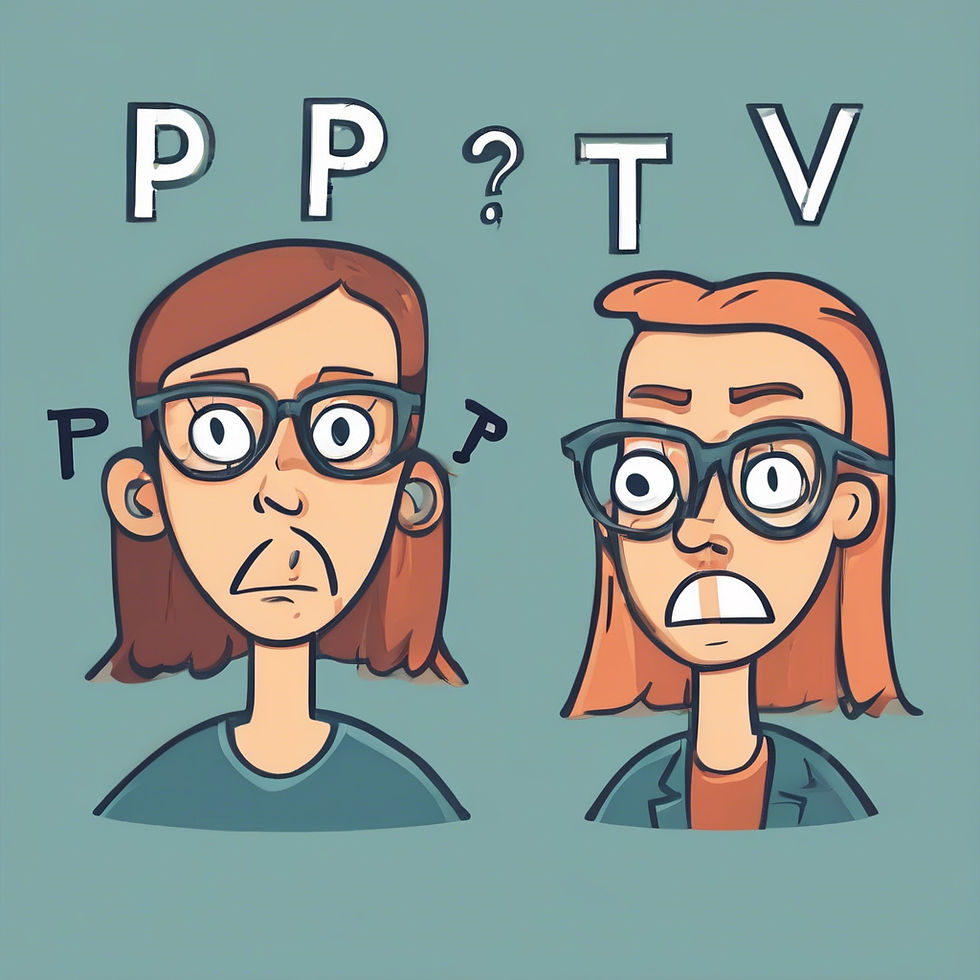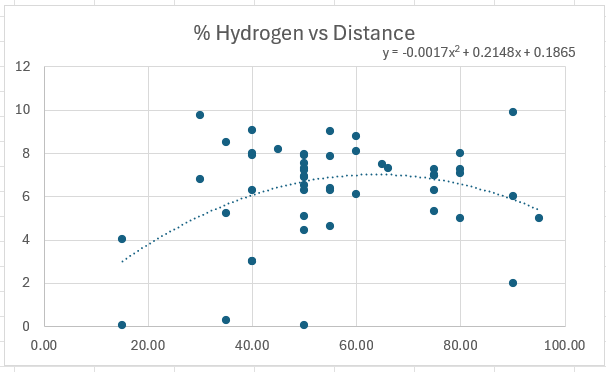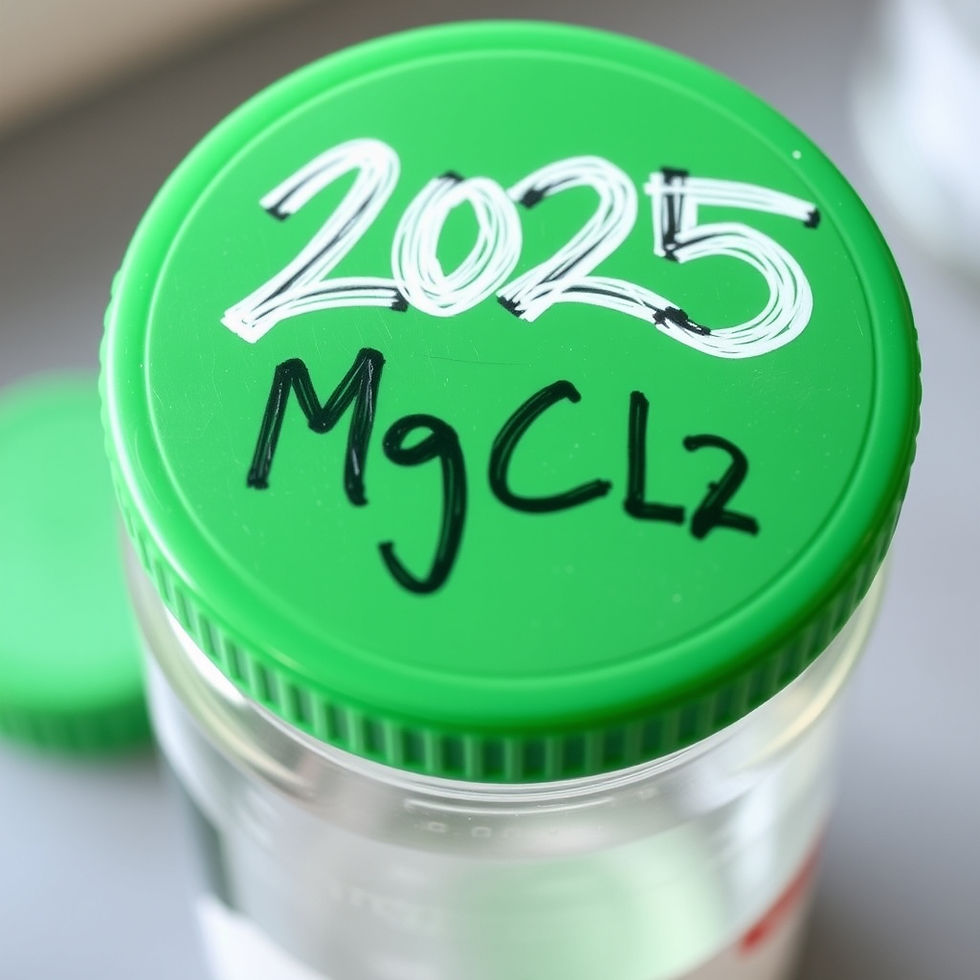Stop overwhelming the students. Teach three gas laws.
- Brennan Koch
- Apr 11
- 3 min read
Updated: Apr 30
Ideal gas law. Avogadro’s law. Boyle’s law. Combined gas law. Graham’s law. Charle’s law. Gay-Lussac’s law. Fred’s second cousin’s once removed law.
The gas laws can be a bit much. Especially when taught by name to first year chem students. I have changed the way I do it. We do concept first and then only use three gas laws. Not only is it efficient, but the kids don’t feel bogged down. It takes a concept that is generally pretty easy to visualize and makes the math manageable. Here is how I do it.

Intro gas laws with demos
The gas laws are visual, because the changes in volume are visual. Therefore, it is pretty easy to find ways to demonstrate the ways that pressure, volume, and temperature interact. On the first day, I write P, V, and T on the board. I tell the kids that our goal is to find out how these three interact in gases. Then I use a disposable water to launch the lid. We talked about how that happened. (If you want to read a blog on that, here it is)
To reinforce the magnitude of change that temperature can have on volume, I do a can crushing demo which is always fun. If you haven’t done it, get an empty pop can and put about ¼” of water in the bottom. Put it on a hotplate until it is boiling. While it is heating up, we are having a discussion of kinetic-molecular theory. Once it is boiling, take the can with tongs and quickly invert it into a tub with ice water. It will completely crush. The kids love it.
Connect demos to math
After the demos are complete, I return to the board where we connect pressure volume and temperature through direct or inverse relations. Pressure and volume are inversely related; therefore, they should be multiplied together in a proportion. Volume and temperature are inversely related and should be divided. Same with pressure. From that, I move them logically to the Combined gas law. That is equation 1 of 3 that they will learn.
Introduce the Ideal Gas law with a trick
When I intro the Ideal Gas law, I throw them straight to the math. I put PV=nRT on the board. I explain that R is just a constant. And I give them a problem. Here is the problem.
How many liters does 1.00 mole of gas fill if the pressure is 1.00 atm, and the temperature is 273.15 K? And then I wait.
You see, months ago, they memorized that at standard conditions (STP) that one mole of any gas is 22.4L. They are usually too sleepy to recognize that they know the answer to this question. Until they go to the calculators and see 22.4 on the screen. Wait a minute… And then they see my smirk. There is something familiar here. From that point we get to see how changing any one of the STP numbers away from STP will cause a change in the volume. 22.4L/mol is cute, but the Ideal Gas law is obviously so much more powerful.
Add in Dalton’s law of partial pressure
The last one that I teach is Dalton’s law of partial pressure. This allows me to have kids calculate partial pressures of gases collected over water. This lets them see how the atmosphere works. This allows them to see those gases in mixtures, while mixed together, still maintain their individual properties (and pressures).
Is this enough for AP Chemistry in the future?
Yep. In fact, I don’t even reteach K-M theory (including Graham's law of effusion) or the gas laws for AP chemistry. I take one day to review the three gas laws and one day to discuss deviation from ideality. They do a take-home test over the next week while I move on with the next topic. With that little contact, they are perfectly able to succeed on the AP test. It really is amazing how it sticks.
Do you need to simplify your Gas law unit? Are you and/or the kids getting bogged down in memorizing names and equations? Give this aerodynamic version a shot. And you can tell Fred’s second cousin once removed that he can have his gas law back.
Only two days remain on the pre-order sale for Who's your ion? This game has two different uses for your curriculum. First, it is a classroom manipulative that allows students to balance ionic charges. Then it becomes a family-style card game utilizing solubility. Hurry! Pre-order ends in two days! (At least if you are reading this on 4/11/25. Future people, sorry about that.)






Comments